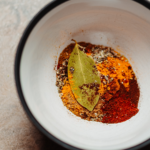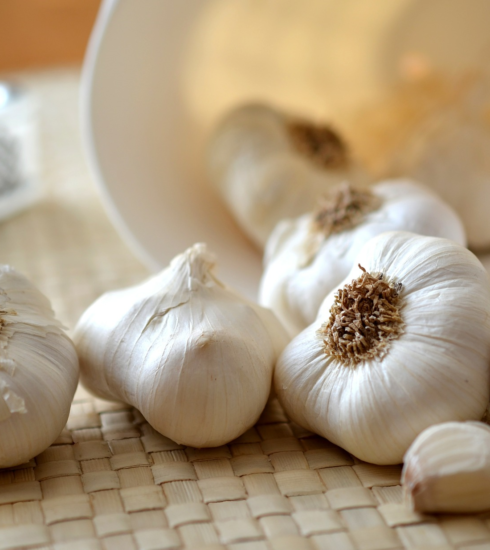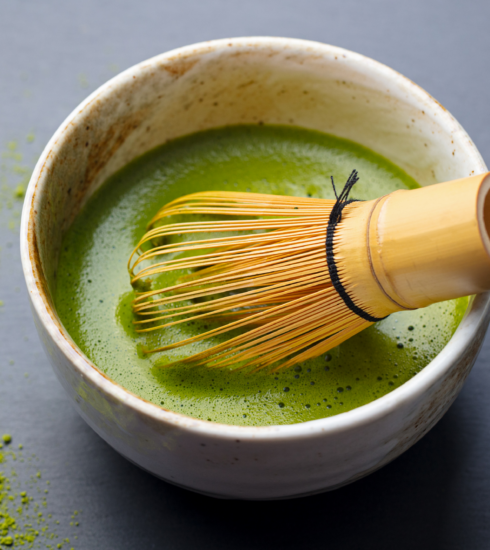What Is Your Tongue Telling You?
In addition to going to your doctor, examining your tongue can give you a sneak peek into your health.
A healthy tongue is smooth, slightly moist and pale red in color with a thin, white film.
The following areas of the tongue correlate to certain organs within the body:
Tip: heart
Behind the tip: lungs
Right side: gallbladder
Left side: liver
Middle: stomach and spleen
Back: kidneys, intestines, bladder and womb
Examine the tongue for these conditions:
Crack down the middle: could indicate a weak stomach or inadequate digestion. If you experience bloating after eating and energy slumps in the middle of the day, you could be nutrient-depleted.
Take a digestive enzyme to help food move along your system properly
- Eat foods that are easy to digest such as soups, stews and blends
- Skip the fizzy drinks and don’t drink liquids while eating
- Eat foods that nourish your digestive system like artichokes, avocados, carrots, whole grain rice, sweet potatoes, fennel and peppermint tea
Teeth marks around the sides: could indicate inefficient spleen function. Gas and bloating could be an issue too.
- Eat foods that nourish the spleen such as kidney beans, millet, oats, carrots, parsley, celery, root vegetables, sweet potatoes, leafy greens, kale and chard.
Sore tongue: could indicate an iron, vitamin B6 or niacin deficiency.
- Get your iron levels checked by your doctor
- Take mineral supplements or try nettle tea, which is high in minerals
Burning tongue: could indicate that the stomach is not making enough digestive juices
- Take a teaspoon of Swedish Bitters each day to help increase gastric juice secretion.
- Take a teaspoon of apple cider vinegar before eating.
Swollen tongue/thick white coating: could indicate too much mucus in the body as well as a lack of good bacteria in the gut.
- Eliminate dairy from the diet and replace with foods like spirulina, chlorella, alfalfa and wheatgrass
- Drink pau d’ arco tea to bring yeast levels back to normal.
- Take acidophilus to introduce healthy bacteria into the body.
Horizontal cracks/small cracks: could indicate malabsorption of vitamins, especially B vitamins.
- Add a vitamin B complex supplement to your daily regimen
- Include high-enzyme, easy-to-digest foods in your diet like arugula, beet greens, collard greens, kale, spinach, Swiss chard and turnip greens
- Drink slippery elm, peppermint and nettle tea to help calm the stomach
Thick yellow coating: could indicate excess heat in the gut and a lack of healthy bacteria in the body. Pay attention to your colon if the coating is on the back of your tongue.
- Take it slow. You may be doing too much.
- Drink aloe vera juice before eating to cool down the digestive system.
- Alternate between sage and chamomile tea twice a day for one month.
- Eat foods like dark green leafy vegetables, raw nuts (almonds, pecans, pistachios and walnuts), seeds (chia, flax, pumpkin and sunflower), broccoli, bok choy, eggplant, peas, pepper, potato, tomato, sea vegetables, grains (brown rice, basmati rice, oats, quinoa and spelt), beans, fresh herbs, and fruit (apples, cranberries, lemons, grapefruit, oranges, pineapples, blueberries and papayas).
*This blog is not meant to diagnosis any ailment or disease. Consult your physician.










